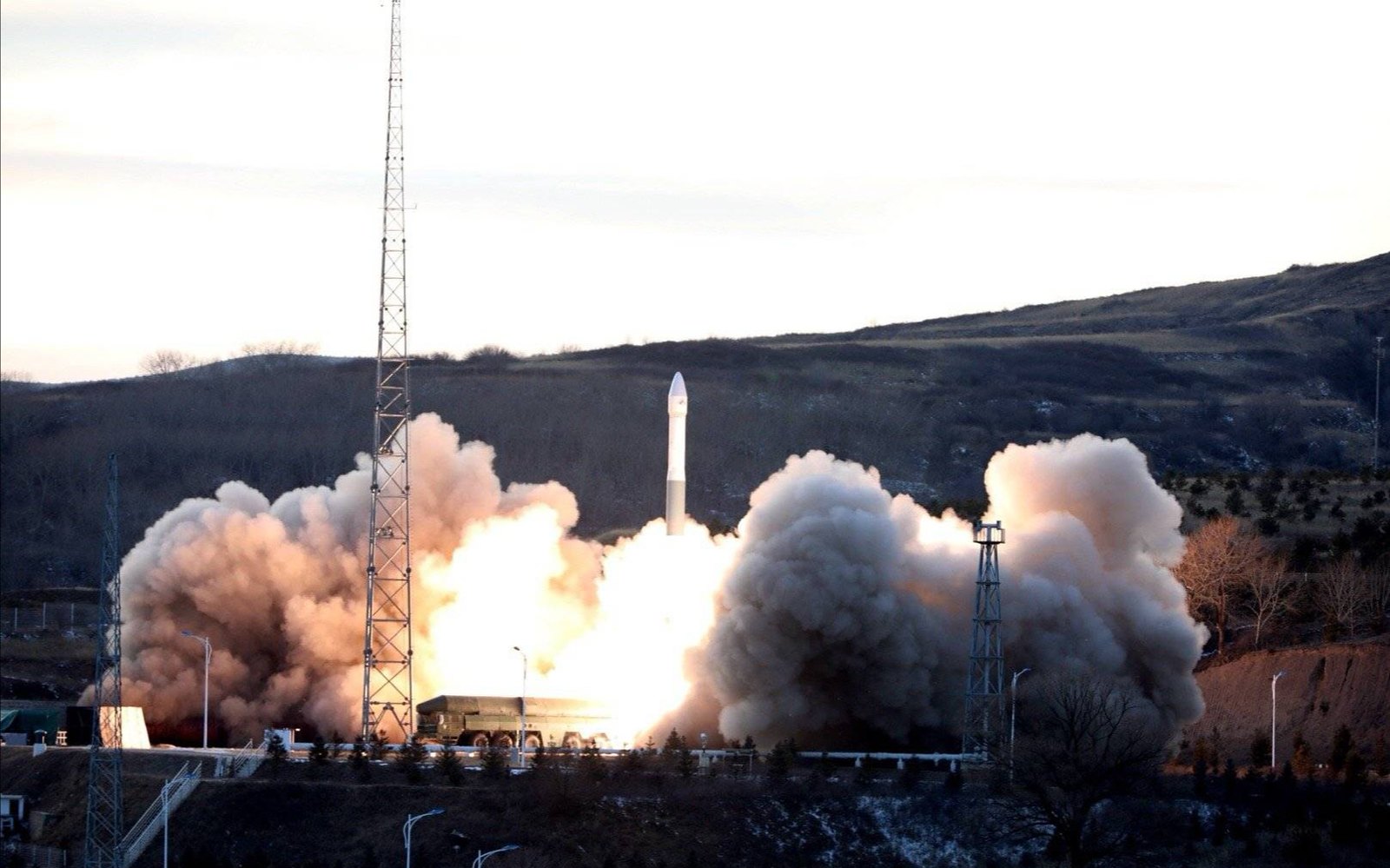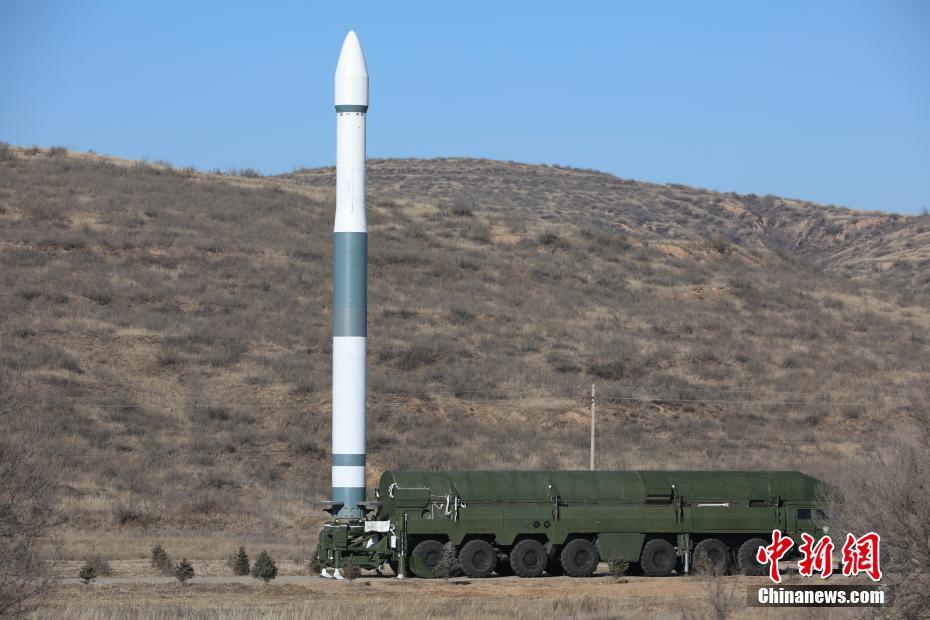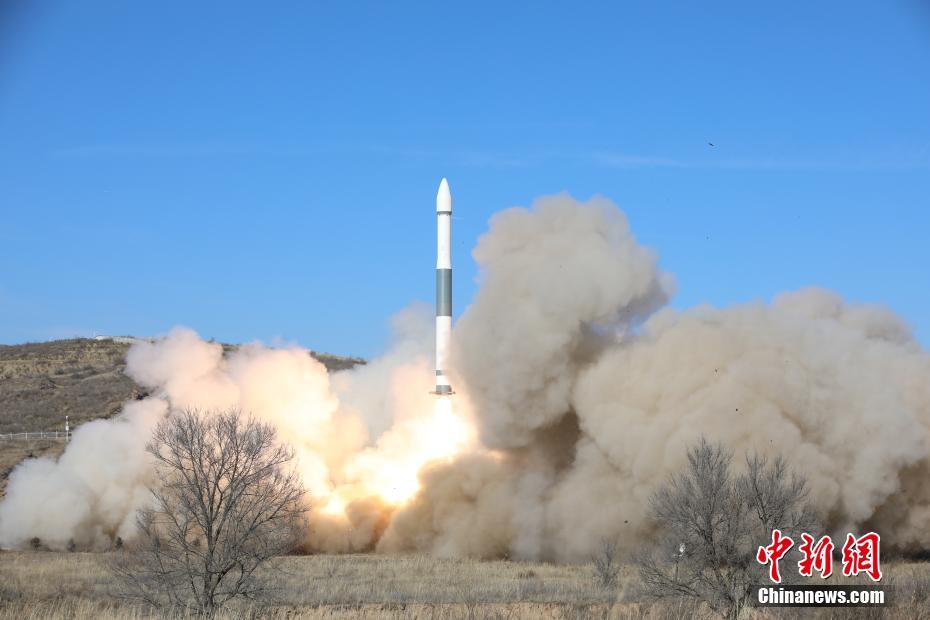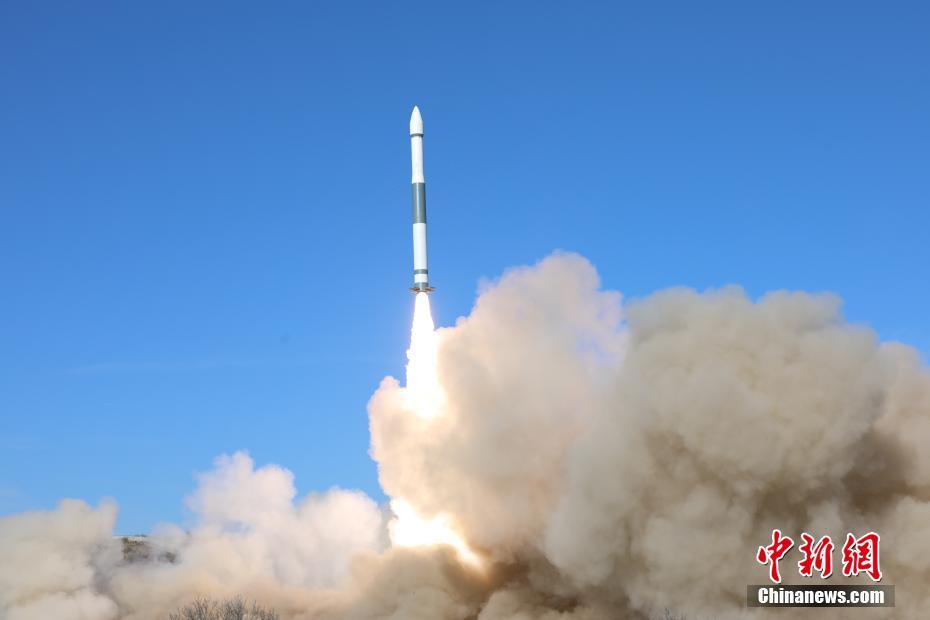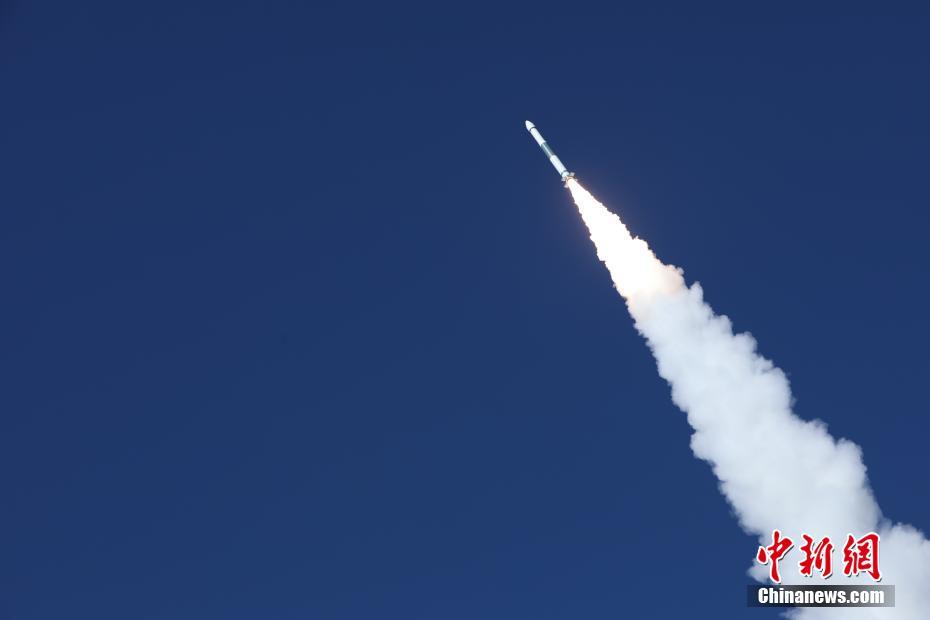You are using an out of date browser. It may not display this or other websites correctly.
You should upgrade or use an alternative browser.
You should upgrade or use an alternative browser.
China's Space Program News Thread
- Thread starter crazyinsane105
- Start date
- Status
- Not open for further replies.
Chinese rocket launches in the last few weeks of 2019 is really breathtaking.High resolution images of KZ rocket.


By the way, yet another launch yesterday: an earth observation satellite Jilin-1 Gaofen 02B.



China launched two orbital missions from the Taiyuan Satellite Launch Center within six hours of each other, orbiting a total of seven satellites. The launches, using mobile pads, saw two Kuaizhou-1A rockets heading into space on Saturday at 2:55 UTC and 8:52 UTC.
The first Kuaizhou-1A rocket, serial number Y2, orbited the Jilin-1 Gaofen-2B remote sensing satellite for the Jilin-1 constellation.
The Jilin-1 satellite constellation was developed on China’s Jilin Province and is the country’s first self-developed remote sensing satellite for commercial use. Data will be provided to commercial clients to help them forecast and mitigate geological disasters, as well as shorten the time scale for the exploration of natural resources.
The satellites were developed by the Chang Guang Satellite Technology Co., Ltd under the Changchun Institute of Optics, Fine Mechanics and Physics, Chinese Academy of Sciences.
by78
General
Yet another launch KZ launch in the same day. This time, it lofts six satellites in one go.
This satellite was part of the payload. I couldn't find information on it. Does anyone know anything about this?


The logo is a bit confusing that probably leads you with no information.This satellite was part of the payload. I couldn't find information on it. Does anyone know anything about this?


The CubeSats (two) are officially named "天启四号A/B" by ASES. They are reported in the launch as 天启四号A/B. However, the company ASES allowed the sats being named personally by the team leader who was born libra according to western Astrology, so the "libra-1". Seriously, WTF, astrology is near superstition, and a western one.
Rant aside, here is something about what they are in Chinese.
They are part of a constellation 18 cubesats.
- Narrow band data link
- 18 sats in total by 2020
- By 2020, in coverage area, within 10 mins interval (longest time it takes for message from sender to receiver).
- Ground device power range 0.1W-0.5W.
Last edited:
China will attempt major space exploration missions and test new rockets in 2020 while also looking to continue a launch rate which has seen it lead the world in orbital launches over the past two years.
Zhuang Jingguo, chief engineer of the China Aerospace Science and Technology Corporation (CASC), the country’s man space contractor, told at the Fifth China International Commercial Aerospace Forum late last month that the state-owned enterprise will launch around 30 rockets next year.
This number is expected to include missions to Mars, the moon, test flights of new launch vehicles, and the completion of the Beidou navigation system. Commercial launch companies will further add to Chinese launch activities.
The country carried out more launches than any other for the first time in 2018, launching 39 times including a single failure, far surpassing its previous record of 22 launches in 2016. And this new high launch rate has not slowed.
There have been 29 Chinese launches so far in 2019, including two failures. With at least three more attempts to follow, China seems set to finish well ahead of second-placed United States, currently with 23 launches including Electron launches from New Zealand.
- Status
- Not open for further replies.


